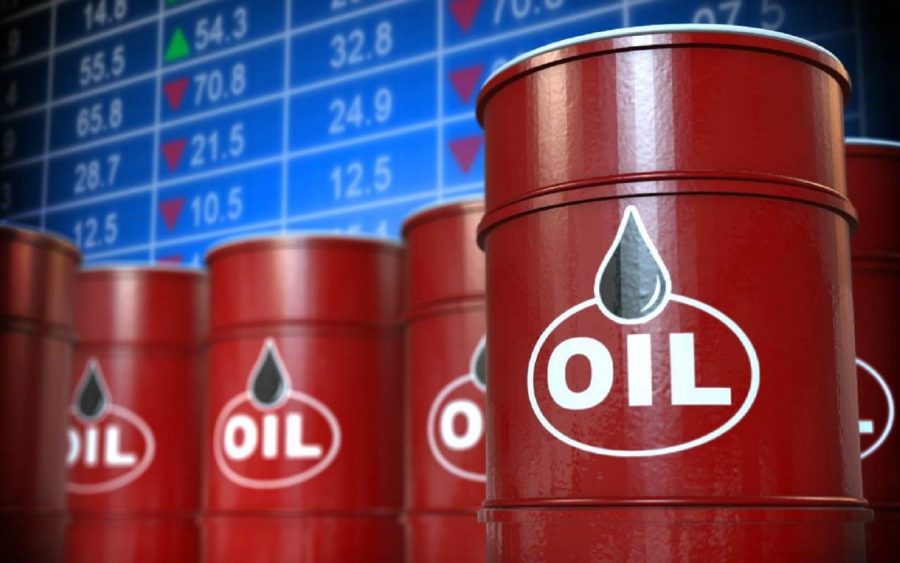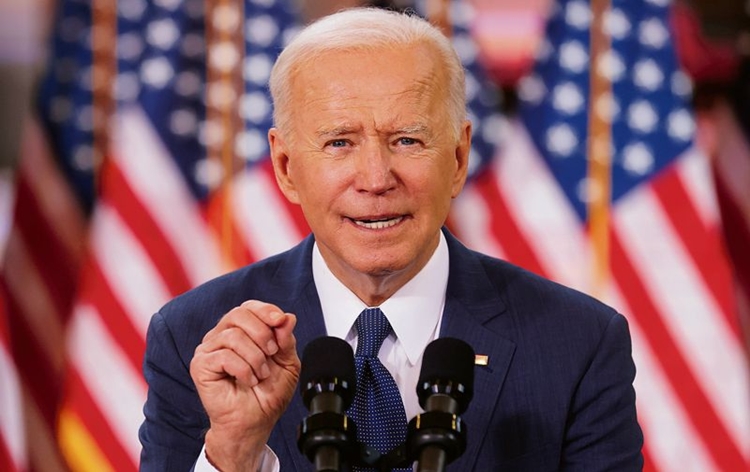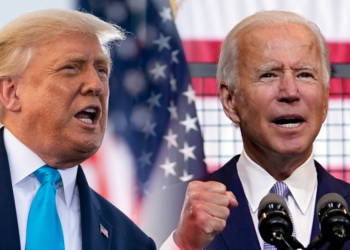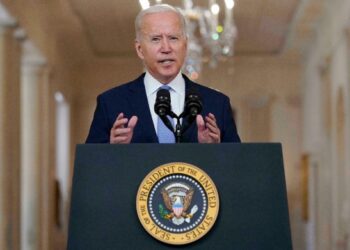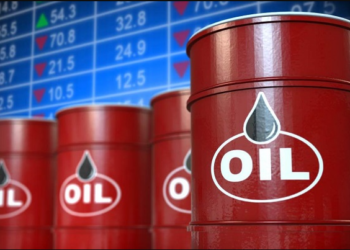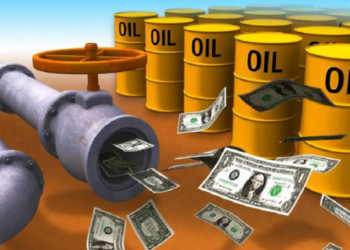Crude oil prices started the week bearish in the Asian session, as pressure from expectations of increasing supplies and a lower demand forecast as a result of higher energy costs, brings in bearish sentiments from investors. This has caused the United States benchmark for oil to fall below the $80 trading range.
The United States benchmark, the West Texas Intermediate (WTI) crude is down 0.75%, currently trading below the $80 mark, to currently stand at $79.09 a barrel, while the Brent crude futures, the global benchmark is also down 0.75%, currently trading $81.55 a barrel.
So far, the black liquid has declined for the last two consecutive weeks as a result of a strengthening dollar and speculation that President Joe Biden’s administration might release oil from the U.S. Strategic Petroleum Reserve to cool prices.
What you should know
There is now increased pressure on the Biden administration to do all they can to reduce the rising pump prices as Consumer Price Index (CPI), accelerated its highest in 30 years to stand at 6.2%, raising inflationary concerns in the United States’ economy.
Over the weekend, U.S. Senate Majority Leader, Charles Schumer called for Biden to release the Strategic Petroleum Reserve (SPR) oil adding that consumers needed immediate relief at the gas pump.
U.S. energy firms this week added oil and natural gas rigs for a third week in a row with crude prices hovering near a seven-year high, prompting some drillers to return to the wellpad.
The oil and gas rig count, an early indicator of future output, rose by six to 556 in the week to Nov. 12, its highest level since April 2020, energy services firm Baker Hughes Co said on Friday.
Also, another factor affecting prices is the forecast from the Organization of the Petroleum Exporting Countries and its allies (OPEC+). Last week, the cartel cut its world oil demand forecast for the fourth quarter by 330,000 barrels per day (bpd) from last month’s forecast, as high energy prices hampered economic recovery from the COVID-19 pandemic.
However, Russia’s Rosneft, the world’s second-biggest oil company by output after Saudi Aramco, warned on Friday of a potential “supercycle” in global energy markets, raising the prospect of even higher prices as demand outstrips supply.
What they are saying
ANZ analysts stated in a report that the “White House has been debating how to tackle higher inflation, with some officials calling for the strategic reserve to be tapped or halting U.S. exports.”
Brian Deese, director of the White House National Economic Council, told CNN: “The president has made clear that all options are on the table. We’re monitoring the situation very carefully.”
VI Investment Corp senior commodities analyst Will Sungchil Yun told Bloomberg thus, “There seems to be a limited number of cards the U.S. can use to fight inflation, which are an SPR release, interest rate hike, and easing restrictions on Iranian oil exports. The quickest solution that has a longer-lasting impact would be Iran. That would push prices down with added supply.”
Investor attention is now on whether or not the U.S. would release SPR reserves with the black liquid trading at seven-year highs. U.S President Joe Biden had earlier requested that the OPEC+ increase crude production but this request has fallen on deaf ears.

